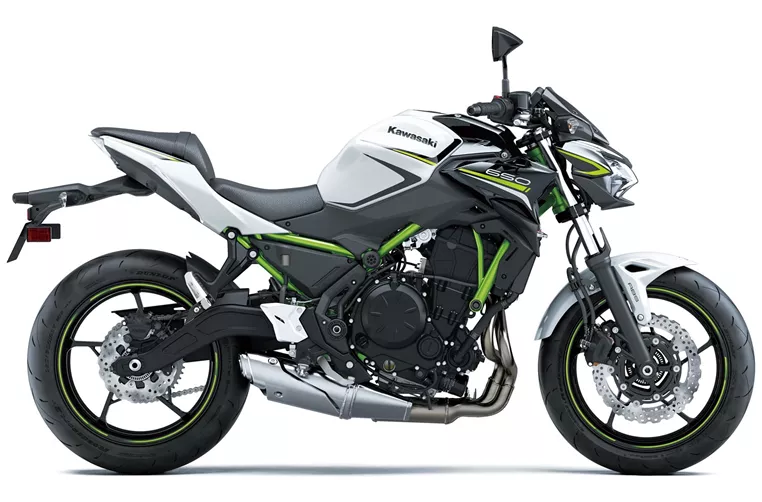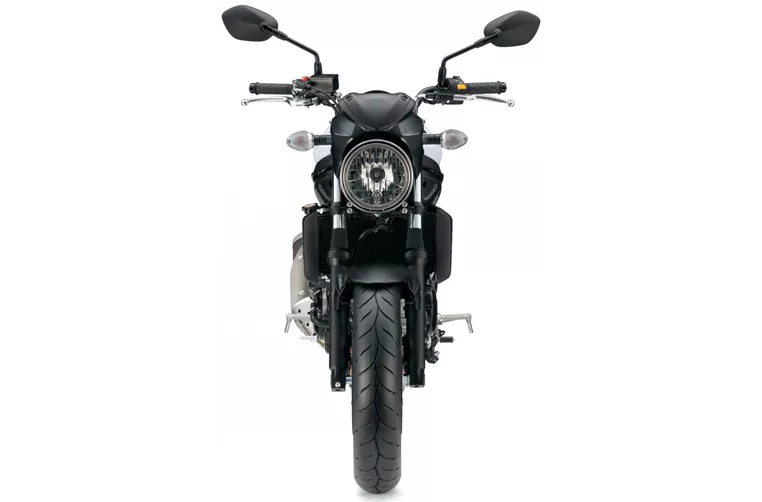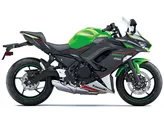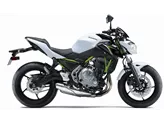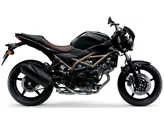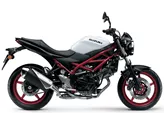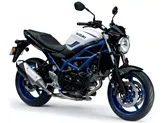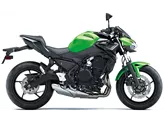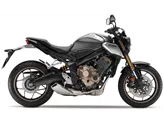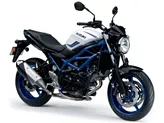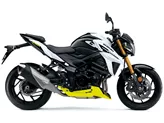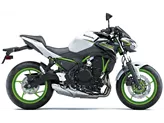Kawasaki Z650 2020 vs. Suzuki SV 650 2016
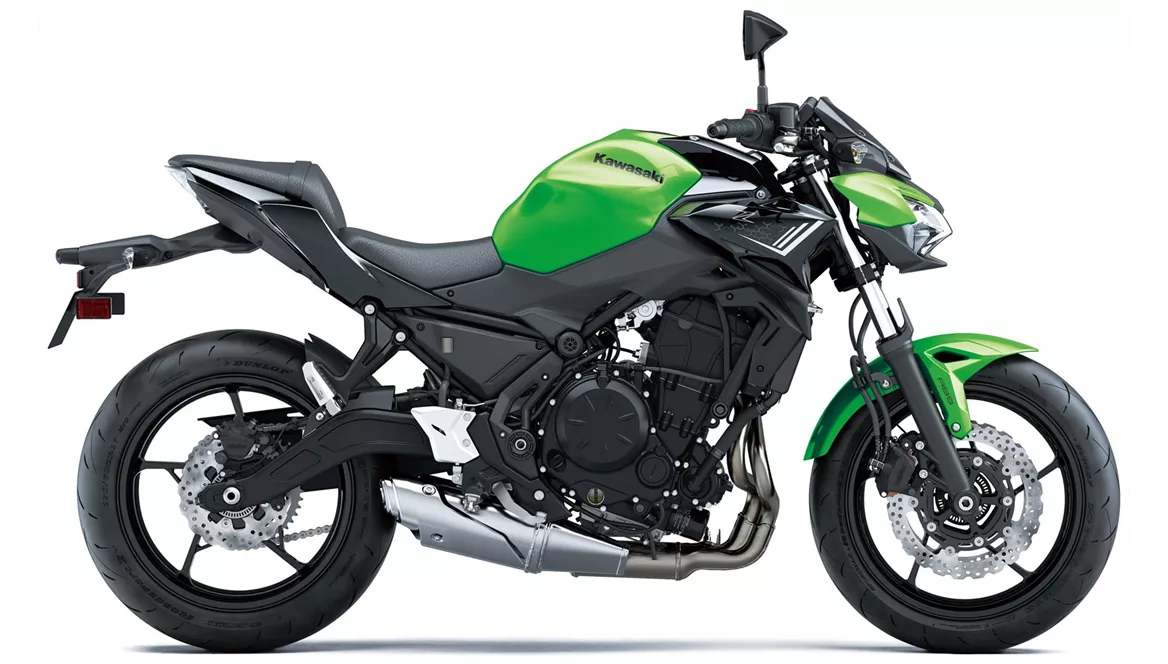
Kawasaki Z650 2020
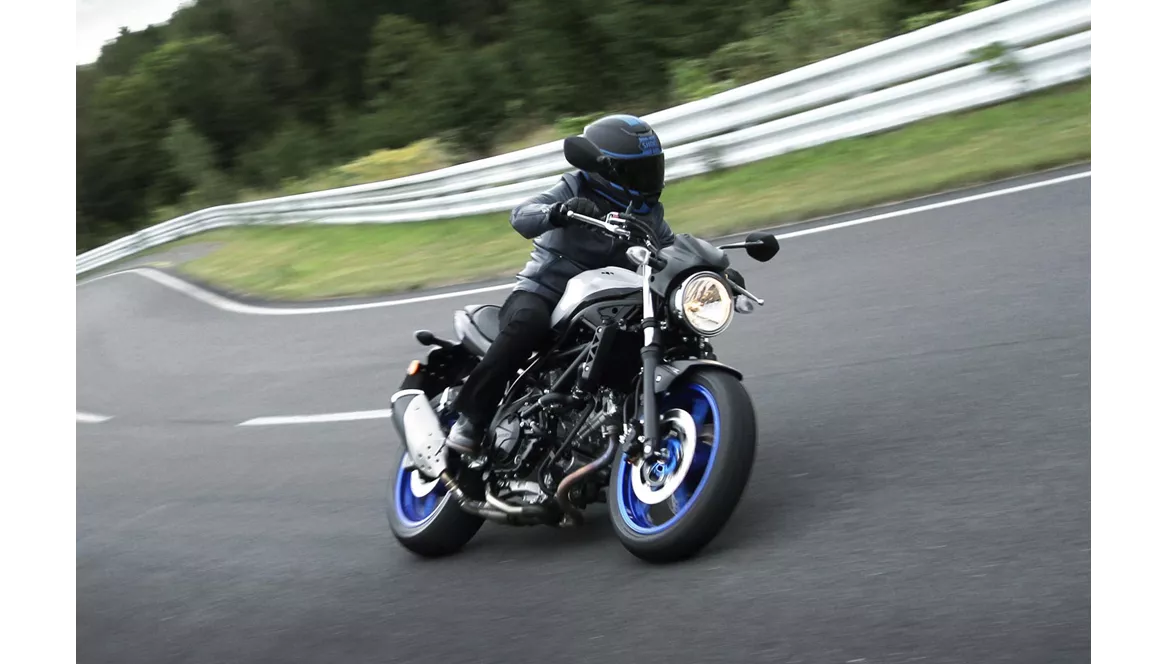
Suzuki SV 650 2016
Visão geral - Kawasaki Z650 2020 vs Suzuki SV 650 2016
The Kawasaki Z650 2020 and the Suzuki SV 650 2016 are both naked bikes with similar technical specifications. However, there are some notable differences between the two models.
In terms of the engine and drivetrain, the Kawasaki Z650 2020 features an inline twin-cylinder engine with a power output of 68.2 HP and a torque of 65.7 Nm. On the other hand, the Suzuki SV 650 2016 has a V-twin engine with a slightly higher power output of 76 HP and a torque of 64 Nm. Both bikes have fuel injection systems, liquid cooling, and a displacement of around 650cc.
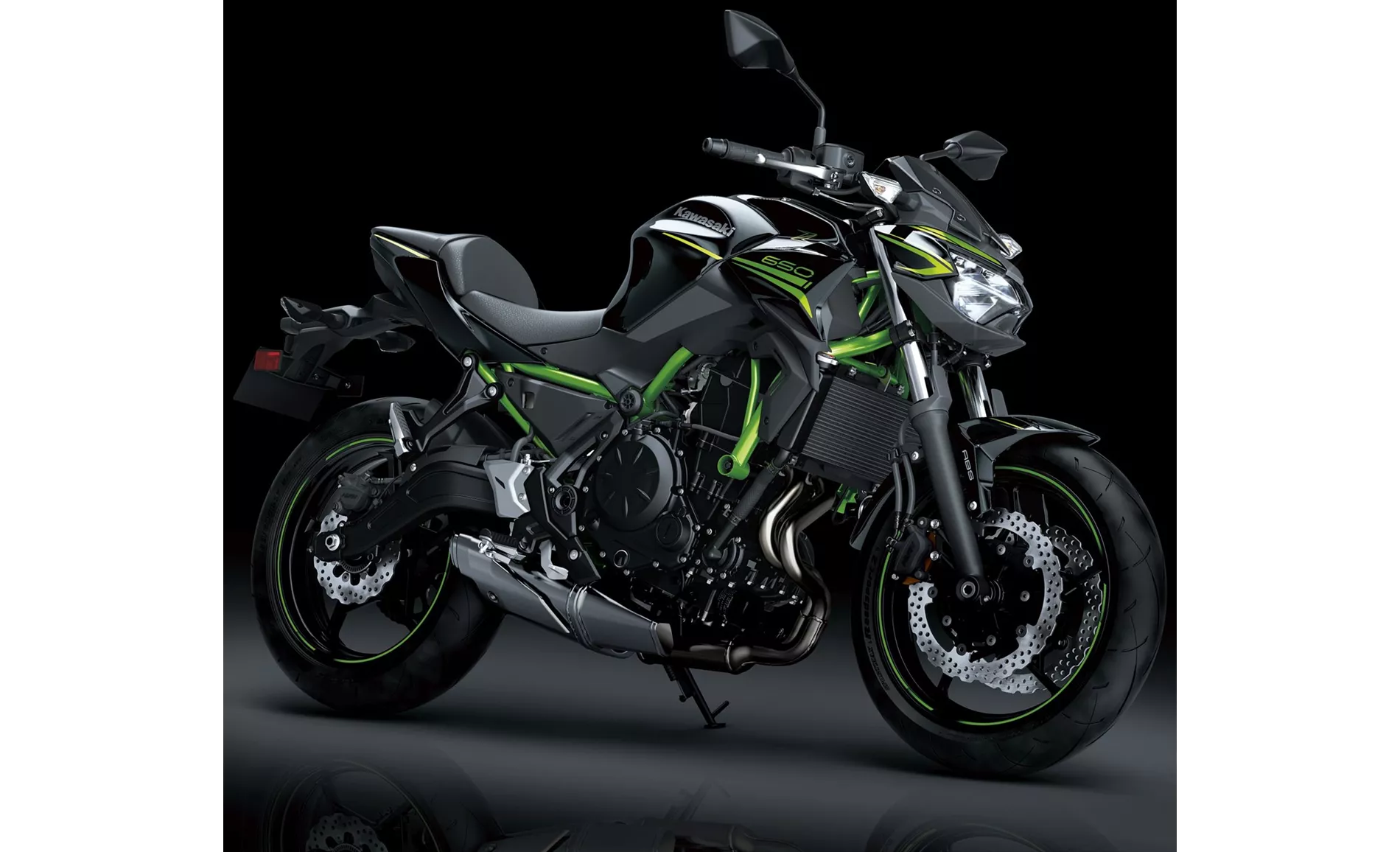
Kawasaki Z650 2020
When it comes to suspension, both bikes have telescopic front forks and a swingarm rear suspension with a monoshock. The chassis of both models is made of steel and has a tubular frame. The Kawasaki Z650 2020 has dual disc front brakes with a diameter of 300 mm and a dual-piston caliper, while the Suzuki SV 650 2016 has slightly smaller front brakes with a diameter of 290 mm.
Both bikes are equipped with ABS, providing advanced rider assistance systems. The dimensions and weights of the two models are also quite similar, with both having a front tire width of 120 mm and a rear tire width of 160 mm. The Kawasaki Z650 2020 has a wheelbase of 1410 mm, while the Suzuki SV 650 2016 has a slightly longer wheelbase of 1445 mm. The seat height of the Kawasaki Z650 2020 is 790 mm, while the Suzuki SV 650 2016 has a slightly lower seat height of 785 mm. The Kawasaki Z650 2020 weighs 187.1 kg (with ABS), while the Suzuki SV 650 2016 weighs 197 kg (with ABS). Both bikes have a fuel tank capacity of around 15 liters.
In terms of strengths, the Kawasaki Z650 2020 is praised for its powerful twin-cylinder engine, aggressive intake noise, compact dimensions, low seat height, stable chassis, TFT screen with connectivity, and mature appearance. On the other hand, the Suzuki SV 650 2016 is praised for its agile and powerful V-twin engine, typical V-twin sound, pleasant and low seating position, easy handling, comfortable chassis, and good brake control.

Suzuki SV 650 2016
However, the Kawasaki Z650 2020 has some weaknesses, including a point of pressure on the front brake, potential discomfort for taller riders, and the Rideology application not being fully sophisticated. The Suzuki SV 650 2016 has a minor weakness of having a slightly less legible digital tachometer.
In conclusion, both the Kawasaki Z650 2020 and the Suzuki SV 650 2016 are capable naked bikes with their own strengths and weaknesses. The choice between the two models would depend on the rider's preferences and priorities.
Especificações técnicas Kawasaki Z650 2020 em comparação com Suzuki SV 650 2016
Prós e contras em comparação
Prós e contras em comparação
Kawasaki Z650 2020
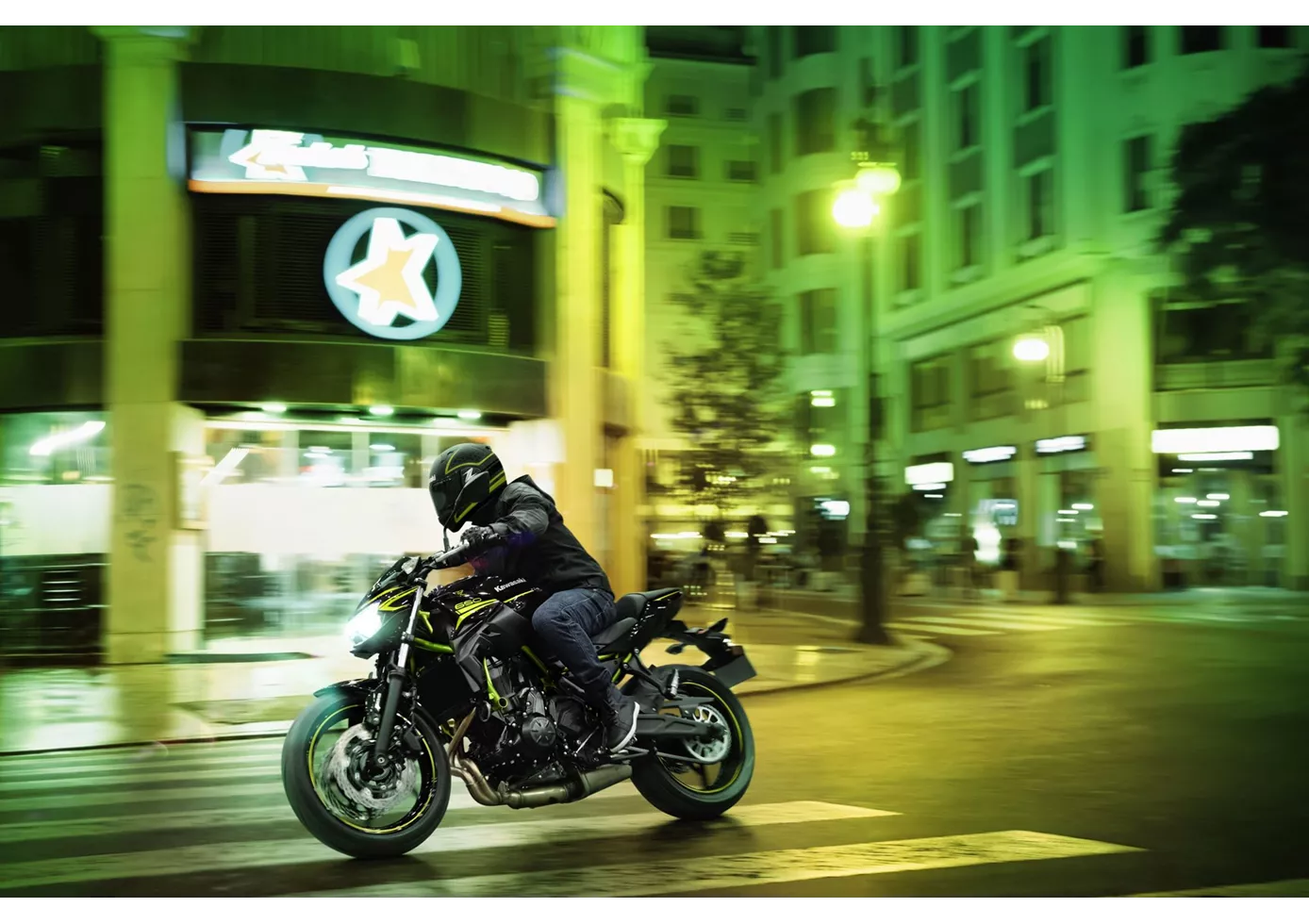
É simplesmente maravilhoso o que a Kawasaki juntou num pacote completo com a nova Z650. Os componentes técnicos podem não impressionar individualmente, mas em conjunto formam uma mota agradavelmente neutra que todos irão apreciar. Não há idiossincrasias desagradáveis - simplesmente uma mota naked que funciona muito bem em estradas rurais sinuosas. Claro que o ecrã TFT, que não encontramos na concorrência neste momento, é uma mais-valia, tal como o aspeto adulto, que está fortemente orientado para os modelos Z maiores. Apenas o ponto de pressão do travão dianteiro poderia ter sido mais claramente definido - mas não se pode ter tudo nesta gama de preços.
Suzuki SV 650 2016
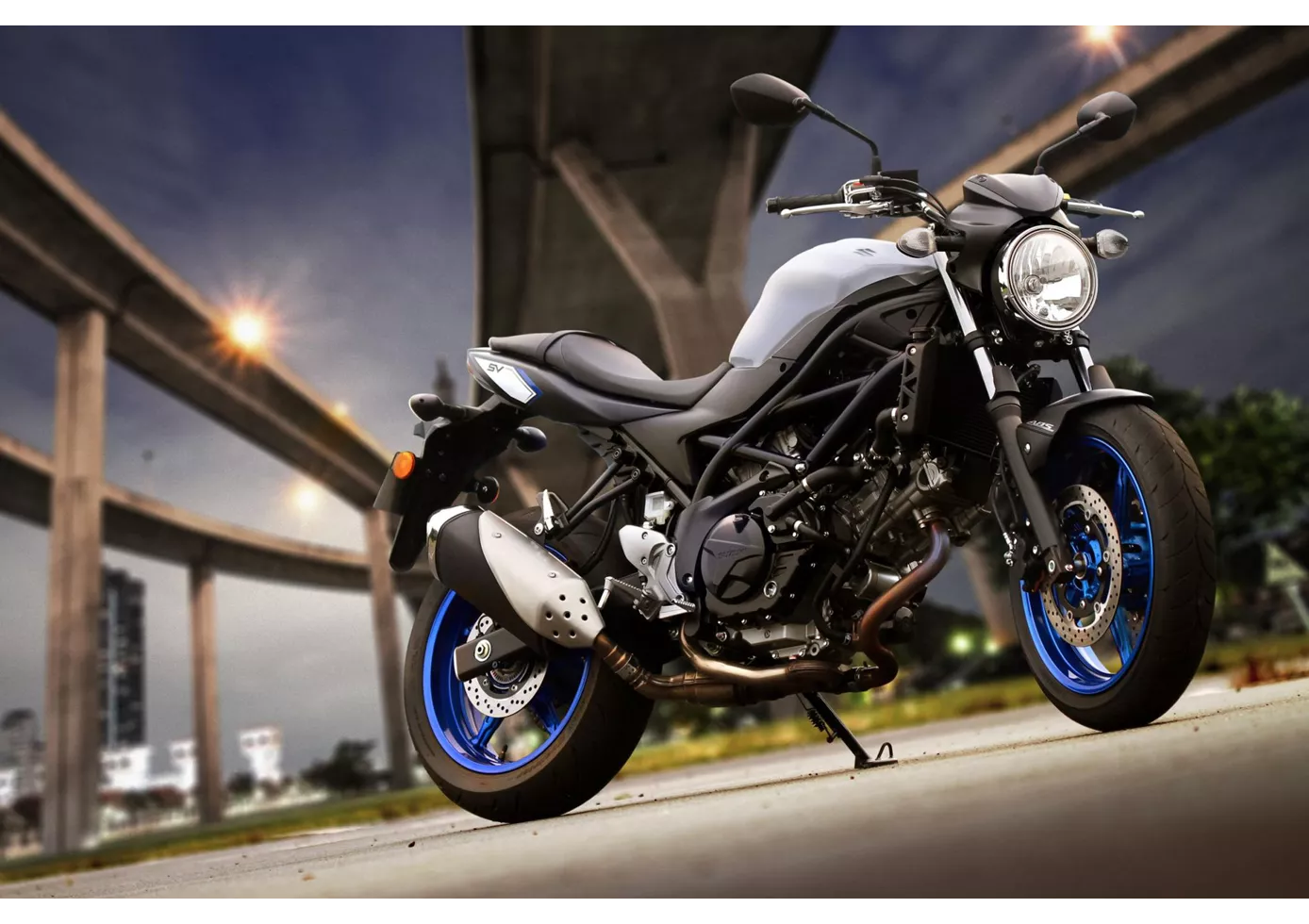
A nova SV650 continua o minimalismo visual das duas primeiras gerações da SV650, mas baseia-se tecnicamente na sua antecessora direta, a SFV650 Gladius - duas excelentes jogadas que transformam a muito moderna SV650 num clássico. O design enquadra-se perfeitamente na era de muitas conversões retro, mas no interior também existem truques modernos que facilitam o arranque, especialmente para os principiantes. O motor, por outro lado, também pode convencer os condutores avançados; a sensação típica da V2 é maravilhosa. Não se deve esperar extrema desportividade no chassis e nos travões, mas o preço de pouco menos de 6400 euros (na Alemanha) é uma afirmação que a concorrência terá de engolir.
Comparação de preços Preço médio de mercado Kawasaki Z650 vs Suzuki SV 650
There are a few key differences between a Kawasaki Z650 2020 and a Suzuki SV 650 2016. In terms of price, the actual average price of a Kawasaki Z650 2020 is about 19% higher. A Kawasaki Z650 2020 experiences a loss of 40 EUR in one year of ownership. This is offset by a loss of 180 EUR for a Suzuki SV 650 2016. Compared to Suzuki SV 650 2016 there are more Kawasaki Z650 2020 bikes available on the 1000PS.de Marketplace, specifically 21 compared to 11. With 80 days it takes the same amount of time to sell a Kawasaki Z650 or a Suzuki SV 650. Since model year 2017 1000PS.de editors have written 31 reviews for the Kawasaki Z650 and 25 reviews for the Suzuki SV 650 since model year 2005. The first review for the Kawasaki Z650 was published on 08/11/2016 and now has more than 25 000 views. This compares to more than 14 200 views for the first review on Suzuki SV 650 published on 26/09/2008.
